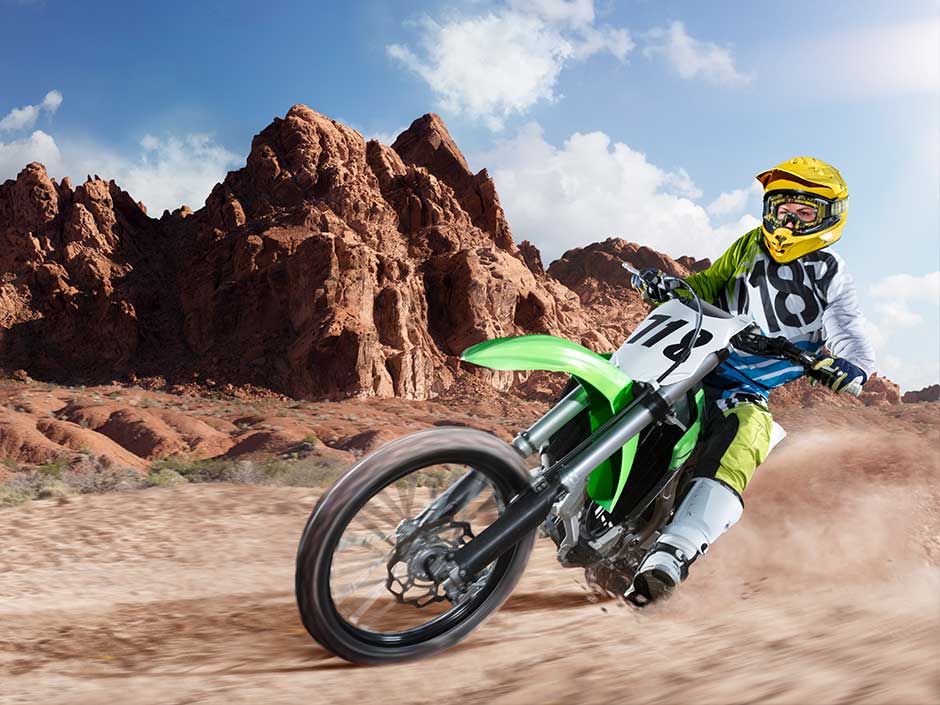Therefore, in response to industry’s needs for multi-service products, the “one lubricant for everything” concept emerged. As a result, grease-based open gear lubricants were developed several years ago to meet the demanding service requirements of mining and mine-related equipment. In addition, the more recent environmental and waste disposal needs of users and government legislation fostered wide spread acceptance of this type of lubricant within the mining communities.
In general, the multi-service lubricant must have the following features:
Tackiness – the lubricant must be tacky in order to cling to the gear teeth. It must not be wiped or squeezed off by the meshing teeth, washed off by rain or flung off centrifugally. It should remain adequately pliable within the temperature range of the application. The lubricant should be adhesive (lubricant sticking to the gear surface)and cohesive (lubricant sticking to itself). For optimum coverage, the lubricant must have a balance between adhesion to the gear tooth surface and cohesion such that strings of the lubricant continually replenish the film as the meshing teeth part.
Load carrying capability – because the large, slow-moving open gears are usually heavily loaded, the lubricant must have good Extreme Pressure and anti-wear properties as there are impact, sliding and rolling forces exerted on the gear teeth throughout the mesh process. In this way, the lubricant reduces both wear and friction on the gear teeth and results in lower energy consumption.
Protection – the lubricant must protect the gears primarily against rust and corrosion as well as lubricate them under a variety of unfavorable situations, such as dirty or dusty conditions. It must endure wide temperature variations.
Cushioning capability – the lubricant must reduce vibration between the gear teeth and consequently reduce noise during operation.
Sprayable – such that application of the lubricant would be facilitated.
Lubricants possessing these characteristics provide a persistent lubricating film on the gear teeth that protects against wear and permit; long periods between lubricant applications. In the case of a solvent-free grease based product, a reduction in the base fluid viscosity is unavoidable and is required to maintain the sprayability and pumpability of the product, especially at lower temperatures. As a result, it is important with a solvent-free grease based product to consider the requirements for developing an adequate lubricant film on the surface of the gear under the severe operating conditions in mining operations. ISO Viscosity Grades 680 and higher are preferred for grease based products thickened with aluminum, lithium, calcium complex soaps as well as clay and polyurea.
This would ensure that the lubricant adhered to the gear surface at higher temperatures but was also pumpable at low application temperatures, i.e. the lubricant has a good consistency-temperature relationship. In addition, for a multi-service product which is used to lubricate both the bearings/bushings and open gears, the base fluid viscosity should not be too high for lower energy consumption during operation.
Recommended Bel-Ray products include:
|





